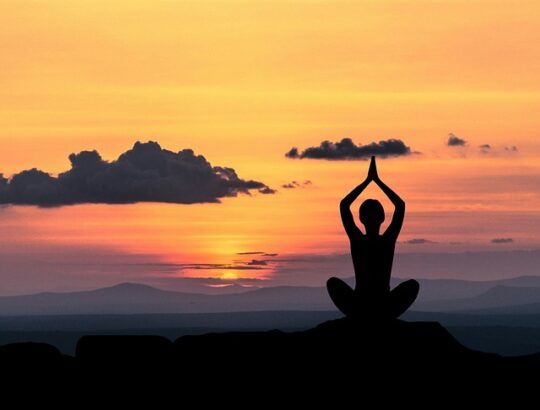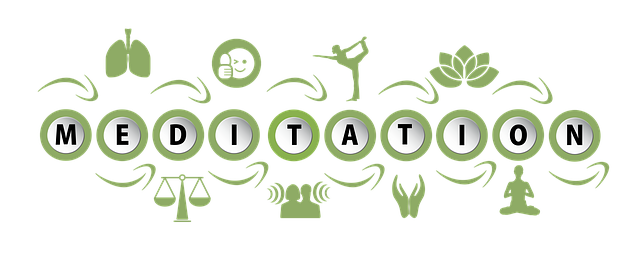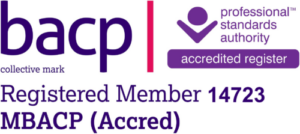
Meditation – even the word can conjure up all sorts of confused ideas in people. Out of curiosity I typed ‘what is meditation?’ into a search engine and was astonished to find 653,000,000 results. No wonder people are confused. Is it a spiritual practice? Is it the same as mindfulness? Is there a way to learn how to meditate?
Meditation is a generic word stretching from sitting quietly in stillness to cultivating a deep awareness that transcends the ego or ‘self’ as is practiced in many traditions. It is an act of contemplation, reflection, sometimes prayer, a turning inwards and is present in many religious and spiritual paths. Historically and to date, there is no clearly defined consensus on what it actually means let alone on how to practice it. And yet we as humans have been doing it for centuries. Why may that be?

Meditation – why do it?
I then typed the question ‘why do we meditate?’ into a search engine and got another 42,100,000 answers. It seems the reasons we practice are as varied as the ways in which it can be done. Perhaps not surprising given that we will all approach meditation with different needs and desires. Aside from the traditional spiritual paths which include meditation, it is now commonly used in talking therapy, in schools, in hospitals, in the legal system and an array of other settings. And the overriding commonality is that, in brief meditation, makes us feel better.

Today there is an abundance of apps and countless courses on mindfulness and the practice of ‘meditation’ has become as commercialized as the practice of Yoga asana. I have no issue with this as such. Originally designed for those living with chronic pain mindfulness undoubtedly helps many people find a way to live more comfortably in their bodies and their minds. In our tech driven world bringing meditation into our homes via an app also enhances accessibility for all.
My concern though is with the myths that some of these programmes seem to generate. I’m often told things like, “I tried meditation but I couldn’t stop thinking” or “I can’t sit still and my mind keeps wandering” and most of all “I tried meditation but I wasn’t very good at it”. Just like with Yoga practice, many people seem to think that meditation is something that needs to be . ‘taught’ and ‘learnt’. That it requires blocking all thoughts and finding some kind of mystical sense of tranquility.
For me, meditation as a daily practice is food for the soul. The key purpose is not about ‘getting rid of thoughts’ or ‘being calm’ or even ‘focusing on the present moment’. Whilst all of these may sometimes happen and are hugely beneficial, for some people, this moment may be too full of disturbance and distress, too overwhelming for the nervous system which is why when I work with those experiencing a deep sense of depression or grief I combine an attention practice with some kind of movement or breathwork.
Peaceful presence
I believe that one of the key benefits of meditation is that it helps us to face reality without being swept away by it or being overwhelmed by it. It helps us to face the truth. We may not like the current situation or welcome it. We may feel sadness or fear or anger as a result of it – but we stop trying to resist it, to run away from it, to change or manipulate it. We stop railing against it or fighting it and instead we see the truth of what is.
This is not the same as a passive acceptance of unacceptable situations. Far from it. But from this place of seeing the truth no matter our view of it, we can access a deep inner stability, an inner sense of security and safety not found in the ever changing maelstrom of the external world. And from this place of inner stability we can transcend the present moment and the ego with all its conditioned thinking. And then we are more able to respond rather than react to whatever given situation is troubling us making wise decsions and choices for ourselves, those around us and the world at large.
In other words we act from a place of deep knowing, or wisdom where we can face life’s challenges head on, intuitively sensing into the right course of action. Nowhere is this more obvious than when working with those who are living with trauma, are terminally ill or immersed in deep experiences of loss. Instead of operating from a fear driven place of deep anxiety and terror, this inner steadiness and equanimity gives us the opportunity to fully face any situation head on and rise above it. That for me is what meditation has the power to teach us and why so many people find it helpful especially in times of adversity. This ancient practice allows us the opportunity to connect with a sense of what some have called Grace or Presence and what I sometimes refer to as Spacious Stillness.

In the words of Adyashanti, “Opening to things as they are is what it really means to be still, to be quiet, to be in a state of meditation. When you no longer resist reality as it is, you could say you are in a constant state of meditation. In this way, meditation becomes something that permeates our life in every moment.”





